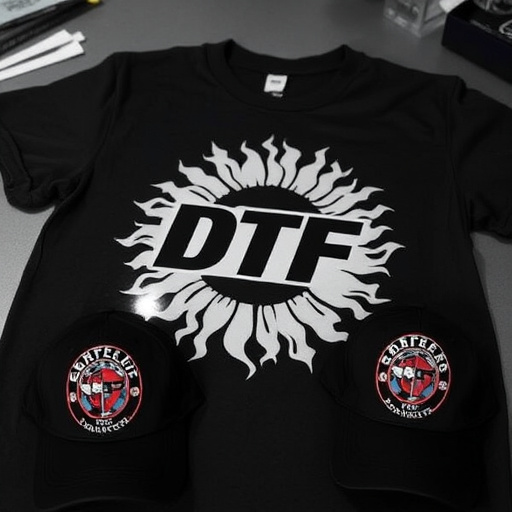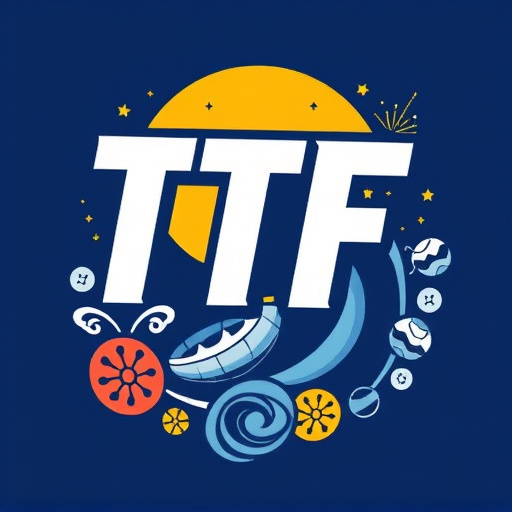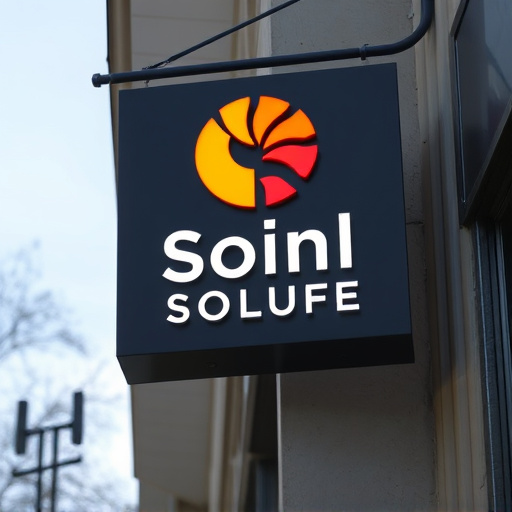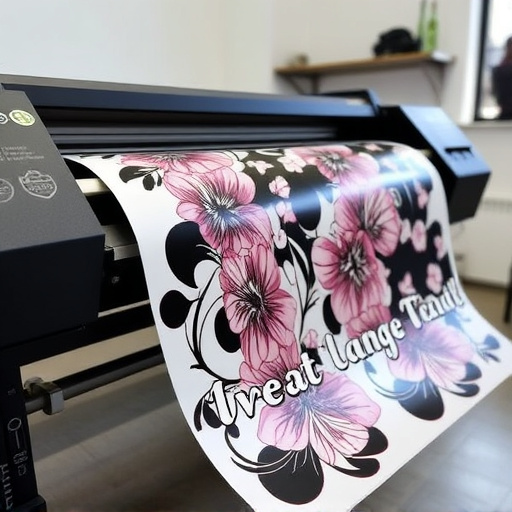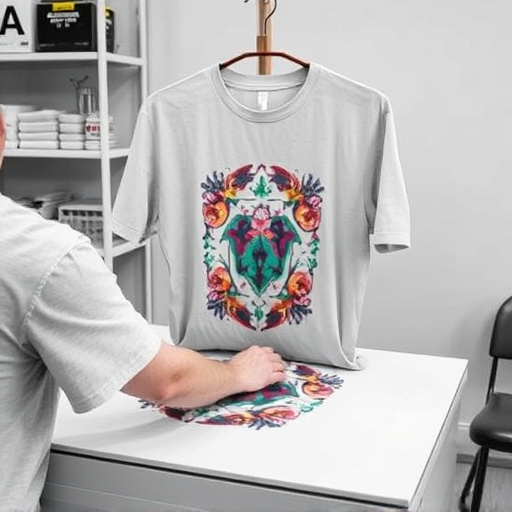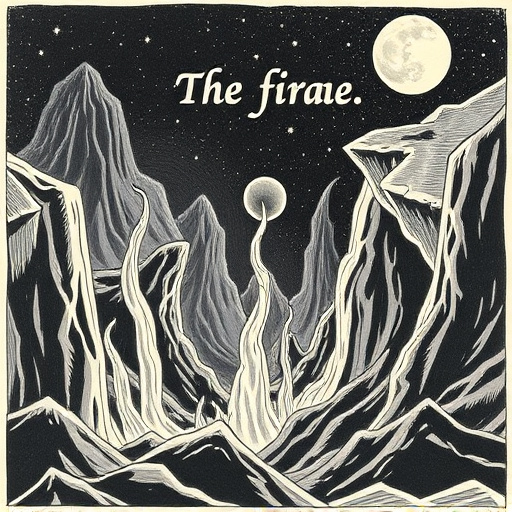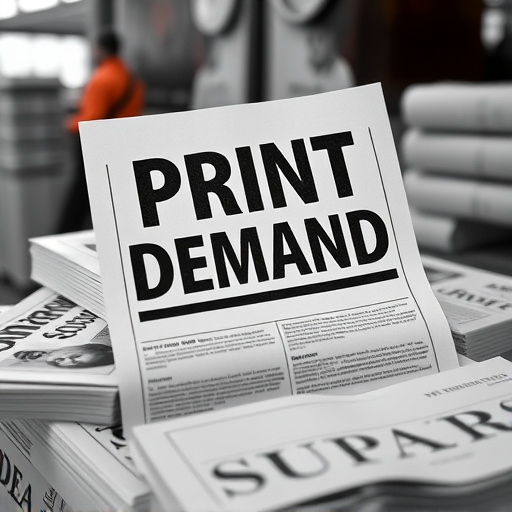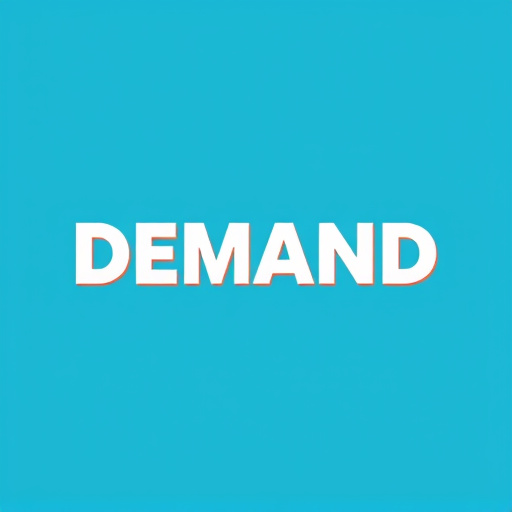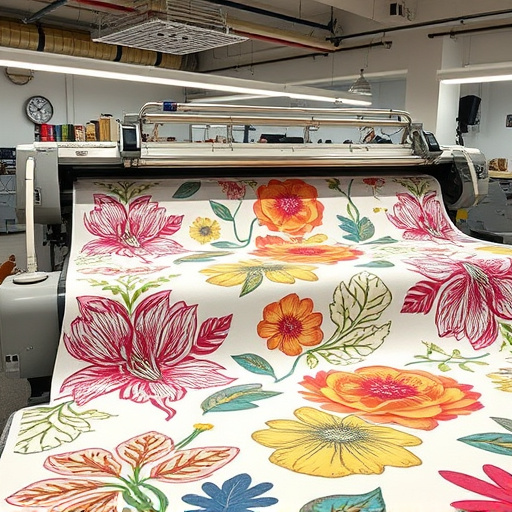Direct to Fabric (DTF) printing offers a cost-effective fashion strategy by eliminating traditional methods, reducing production time and costs, and enabling precise personalization. DTF's flexibility and accessibility democratize design, allowing for high-quality, creative garments at competitive prices, appealing to a broader market and fostering sustainability.
In today’s fast-paced fashion industry, understanding cost-effective practices is crucial for staying competitive. Deconstructing ‘DTF’ (Direct to Consumer) reveals a powerful strategy that challenges traditional retail models. This article explores how DTF significantly impacts pricing strategies, fostering accessibility and sustainability in style. We delve into its economic advantages, demonstrating how it revolutionizes the fashion landscape by offering eco-friendly solutions without compromising quality or affordability.
- Deconstructing DTF: Cost-Effective Fashion's Secret Weapon
- The Economic Impact: How DTF Transforms Pricing Strategies
- Sustainable Style: DTF's Role in Eco-Friendly Fashion Solutions
Deconstructing DTF: Cost-Effective Fashion's Secret Weapon

Deconstructing DTF reveals a powerful secret weapon for cost-effective fashion. Direct-to-film (DTF) printing technologies allow brands to skip traditional silkscreen or heat transfer methods, significantly reducing production costs and time. By applying designs directly onto various fabrics using advanced UV or laser technology, DTF transfers offer unparalleled flexibility and precision in customization.
This innovative approach is particularly evident in the creation of direct-to-film personalized hoodies, where each garment can be unique, catering to individual customer preferences. Custom DTF transfers enable fashion designers and manufacturers to produce limited-edition pieces, respond swiftly to market trends, and offer a diverse range of styles without breaking the bank. The result is a dynamic fashion landscape where cost-effectiveness doesn’t compromise on quality or creativity.
The Economic Impact: How DTF Transforms Pricing Strategies

The advent of Direct to Fabric (DTF) technology has significantly reshaped the economic landscape in the fashion industry, particularly when it comes to pricing strategies. Traditionally, printing on textiles involved intricate processes and high costs, making custom designs an expensive endeavor for both manufacturers and consumers. However, DTF has democratized the process by offering a cost-effective solution that streamlines production without compromising quality. This innovation allows businesses to produce personalized, high-quality garments at competitive prices, appealing to a broader market.
One of the most profound impacts is seen in the rise of custom t-shirt printing. DTF printing for light fabrics enables intricate designs and vibrant colors, previously unattainable with traditional methods, now available at affordable rates. This has not only fueled a trend among individuals seeking unique, personalized apparel but also empowered small businesses and startups to compete in the fashion space. The accessibility of DTF printing for t-shirts has led to a surge in demand for custom garments, ultimately transforming pricing dynamics and fostering a more inclusive and dynamic fashion market.
Sustainable Style: DTF's Role in Eco-Friendly Fashion Solutions

In today’s world, where environmental consciousness is on the rise, the fashion industry is undergoing a sustainable metamorphosis. Among the various eco-friendly solutions, Direct to Fabric (DTF) printing and its cost-effective variants are leading the charge. DTF cost-effective methods offer an innovative approach to creating unique designs on textiles, promoting sustainability without compromising quality or style. By eliminating the need for intricate cutting and drying processes, these techniques significantly reduce water consumption and waste generation, making them a game-changer in the quest for greener production.
This technology has democratized access to sustainable fashion, enabling designers and manufacturers to create eco-conscious apparel without significant investment. DTF printing for t-shirts, in particular, has gained traction due to its efficiency and versatility. From simple text prints to intricate graphic designs, dtf transfers allow for complex patterns and vibrant colors on a variety of fabrics. This not only reduces the environmental footprint but also offers endless creative possibilities, ensuring that sustainable style is both chic and accessible.
DTF (Direct to Consumer) cost-effective fashion is not just a trend; it’s a revolution transforming the industry. By cutting out intermediaries, DTF brands offer sustainable style at accessible prices. This approach has significant economic impacts, encouraging innovation in pricing strategies and promoting eco-friendly practices. As consumers become more conscious of their environmental footprint, understanding the role of DTF cost-effective fashion is crucial for staying ahead in a dynamic market where sustainable style meets affordability.
